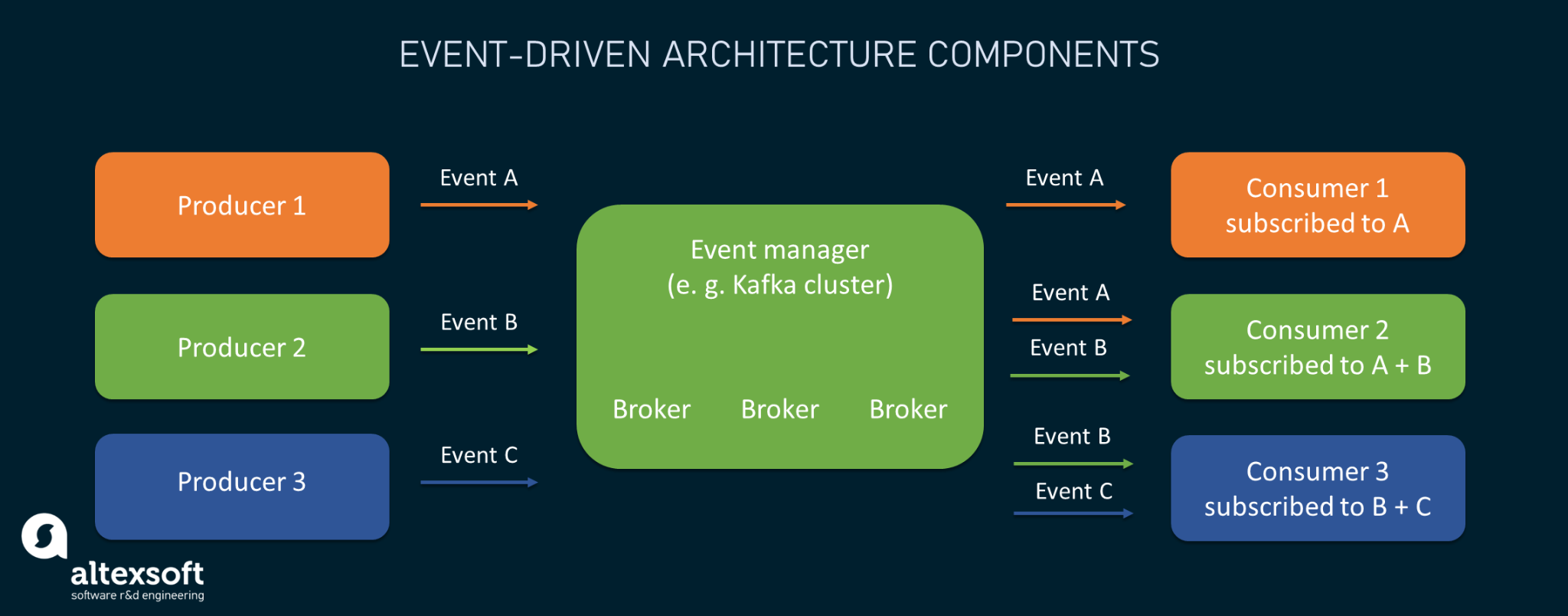As web applications continue to evolve, developers are looking for more efficient, effective ways to structure their code. Event-driven architecture, and its attendant event-driven programming, can offer a powerful solution to the growing complexity of web applications. Event-driven architecture is an architectural style in which each action of the application is seen as an event, and the application responds to those events in a prescribed way. It can be used to improve an application’s responsiveness and performance, and to enable its communication with other applications. In this article, we’ll explore what event-driven architecture is, and how it can be used in PHP web application development.
What is Event-Driven Architecture?
Event-driven architecture is an architectural style that focuses on the identification and responses to events within an application. In this style of architecture, different components of an application interact with each other by emitting and listening to events. It is commonly used in complex applications that require a significant amount of coordination and communication between different components.
Event-driven architecture is different from other architectures in that it does not rely on synchronous communication between components. Instead, it uses an event-driven model, where events trigger asynchronous communication and callbacks between components, which can then initiate their own workflow. This means that components can be executed without first requiring the explicit communication of other components.
How Does Event-Driven Architecture Work?
Event-driven architecture works by having an application emit events, which it can do through various means, such as a user interface or API. These events are then listened to and responded to by other components in the application, which can initiate their own workflows.
The architecture is asynchronous by nature, which means that components do not have to wait for each other to complete their workflows before continuing. This flexibility allows for components to interact with each other in various ways, without having to explicitly wait for something to occur.
The Benefits of Event-Driven Architecture
Event-driven architecture can offer many benefits, including:
-
Improved Performance: As event-driven architecture is asynchronous, it can lead to improved performance for applications, as components do not need to wait for each other to finish their respective workflows. This, in turn, leads to faster response times and better utilization of system resources.
-
Improved Flexibility: Event-driven architecture can also be more flexible than other architectures, as components do not need to explicitly communicate with each other. This means that components can be added or removed without affecting the overall architecture.
-
Improved Reusability: Event-driven architecture also allows for components to be more reusable, as they can be configured to respond to events emitted by different components. This can be used to create powerful, flexible applications that are able to respond to different requests in different ways.
Exploring Event-Driven Architecture in PHP Web Applications
Event-driven architecture can be used to improve the performance and flexibility of PHP web applications, and is often used in complex applications.
One popular library for developing event-driven applications in PHP is the Symfony EventDispatcher Component. This component enables developers to create powerful event-driven applications using the PHP language. It allows for the emitting and listening of events, and provides an event dispatcher that is able to detect and respond to events emitted by the application.
The component also supports the definition of listeners, which are classes that are able to subscribe to and respond to events emitted by an application. Listeners usually contain logic that is executed when the event occurs.
Here is an example of how to use the Symfony EventDispatcher Component to create an event-driven application:
use Symfony\Component\EventDispatcher\EventDispatcher;
$dispatcher = new EventDispatcher();
// Register a listener for the dispatch event
$dispatcher->addListener('dispatch', function($event) {
// Do something
});
// Dispatch the event
$dispatcher->dispatch('dispatch');This code creates an instance of the Symfony EventDispatcher, and registers a listener for the dispatch event. When the dispatch event is emitted, the registered listener is executed.
Event-driven architecture can offer a powerful solution to the challenges posed by complex applications. By emitting and responding to events, components can communicate without requiring explicit communication. This can lead to improved performance, better utilization of system resources, and improved flexibility. It is an architecture that is increasingly used in PHP web applications, with tools like the Symfony EventDispatcher Component providing developers with the means to create powerful, event-driven applications.

